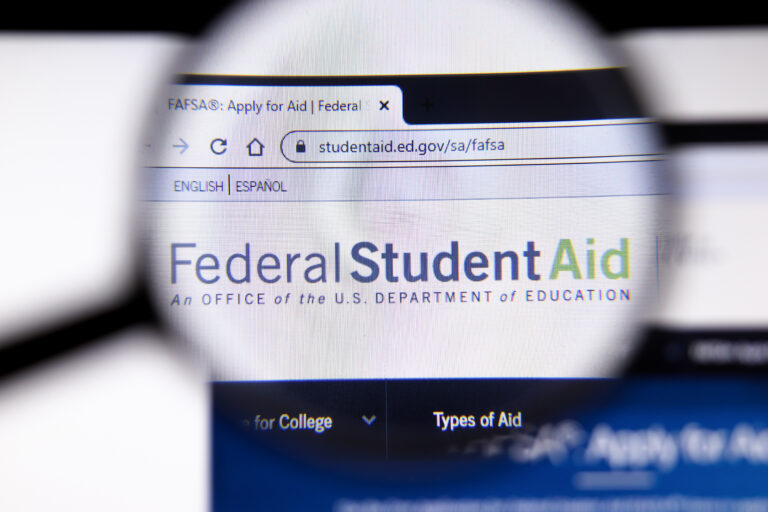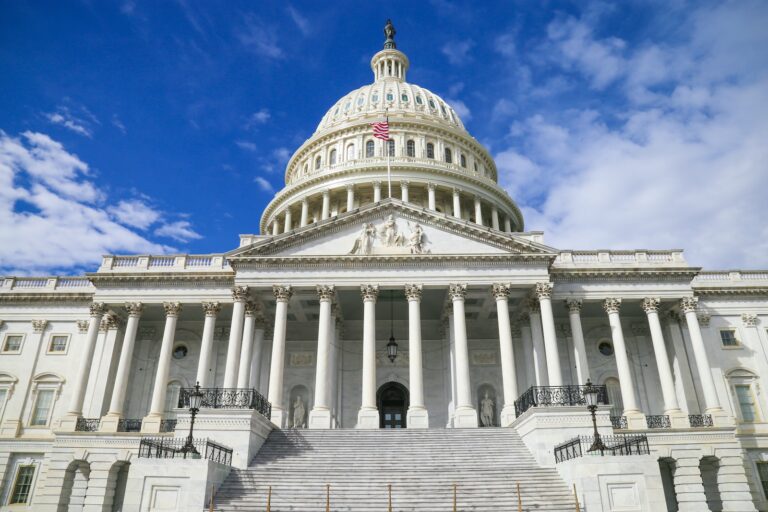On November 18, the U.S. Department of Education opened up the FAFSA to all students and families this week as an expansion of their last phase of beta testing, a couple of weeks ahead of the official December 1 launch.
The Department announced this possibility last week after a slow—but seemingly productive—rollout of the form to select students and community-based organizations (CBOs), which started in October. According to the Department, more than 167,000 students have already submitted FAFSA forms during the beta, with successful processing by colleges and state agencies.
Why it matters: All eyes are on the FAFSA after last year’s rocky rollout, which resulted in lower filing rates. The National College Attainment Network (NCAN), which tracks FAFSA completion rates, still finds an 8.8% YOY decrease in filings for the 2024-25 FAFSA, as of November 8.
Some experts and advocacy organizations feared that the 2024-25 FAFSA woes may have been the deciding factor between college and no college at all for some students—especially students of color, first-gen students, and students from low-income communities.
Early National Student Clearinghouse (NCS) data released in October may have confirmed these fears. Freshman enrollment is down 5% from the same time last year, representing the first decline since the start of the pandemic in 2020, and enrollment at four-year institutions that serve a high proportion of Pell grant-eligible students plummeted by more than 10%.
Looking Ahead
A fully functional FAFSA that is both simple and streamlined might be on the horizon, but the Department still has a long way to go before it delivers on its promise of a “Better FAFSA” and renews confidence with the students, families, financial aid professionals, and higher ed leaders.
“Seeing the Department underpromise and overdeliver on this year’s FAFSA launch timelines and outreach is heartening,” said Beth Maglione, President and CEO of the National Association of Student Financial Aid Administrators (NASFAA) in a recent statement. “Continuing this strategy into the future would be a step toward helping restore the trust that has been lost between the financial aid community and the Department.”
To further complicate things, the President-elect Donald Trump has made it clear that his administration will do away with the Department altogether, leaving the future of the FAFSA hanging in the balance. Our thoughts? It’s more likely that the Department and its programs will be reallocated to or consolidated with other departments and agencies. Read our early policy outlook for the Trump administration here.
Also in the news: The FAFSA Deadline Act was passed unanimously by both the House and Senate as of November 21, and now heads to President Biden’s desk. The Act, if signed into law, would mandate the Department launch the FAFSA on October 1—its historic open date—to prevent a repeat tumultuous rollout. Senior Department officials shared in a press call that they anticipate no issues meeting this deadline in future years, as reported by Inside Higher Ed.




